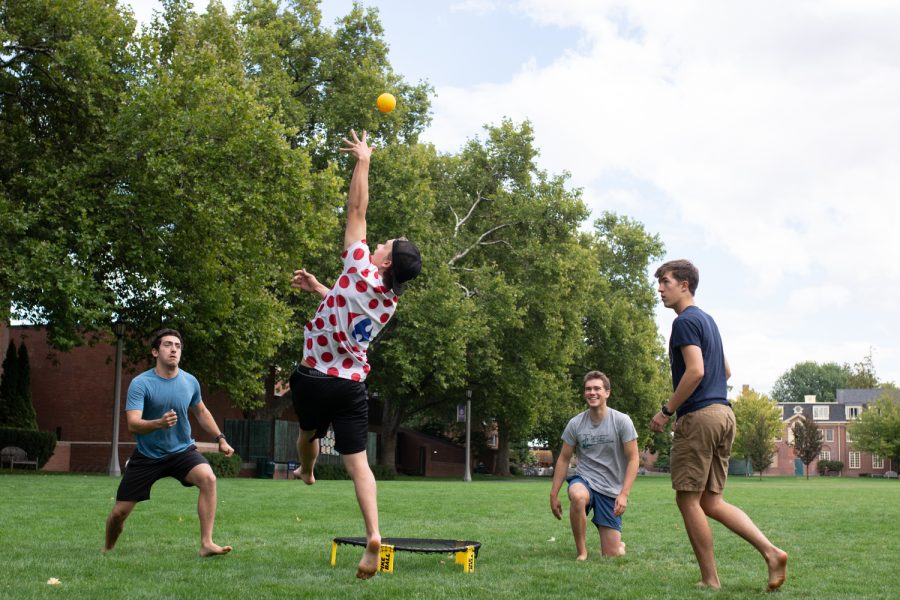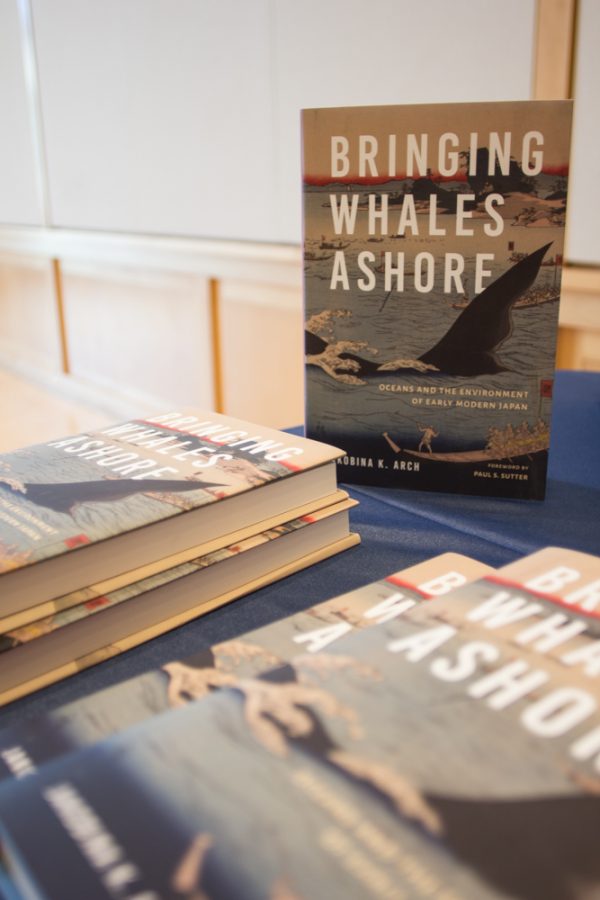Turns out I only made it until 8:00 AM after tentatively pledging to sleep in until 9:00 this morning. After a true Saturday-morning breakfast of donuts and tea, I went with Ai-san to several denkiyasan (electric appliance stores) in search of a new washing machine, as the one at home has broken.
Something I find very interesting about the Japanese is the frequency with which they do laundry. Electricity and water are pretty expensive in Japan, and they were so even before the country’s nuclear power plants were shut down. Yet many Japanese do their laundry every day! I think that this must be a cultural thing having to do with attention to cleanliness, but it seems odd to see people using water so much every week when it’s so expensive and daily laundry isn’t a necessity. Some of the American students who, like I, wash a large load of laundry maybe once a week have had some interesting exchanges with their host families over this topic. One girl explained to her family that she had brought her own laundry bag and would wash her clothes over the weekend when she had filled the bag with dirty clothes, only to receive baffled stares in response.
Anyway, since a laundry machine is so important in a Japanese home, Ai-san and I went out only a few days after the old one had broken to buy a new one. In the meantime, we washed the family’s clothes at a local laundromat that was always eerily empty and quiet, like a ghost town. No one even worked there; it was a completely unmanned facility. We went to three denkiyasan before Ai-san made up her mind. While Ai-san placed her order, I sat in the massage-chair section of the store, testing out the various high-tech functions of each chair. Who even buys massage chairs, anyway? You always see them in places like Bed, Bath, and Beyond in the United States (presumably falling in the “Beyond” category), but I’ve never actually seen one in someone’s home, only in nail salons.

The whole family went out for lunch to an okonomyaki restaurant. Okonomiyaki probably wins the prize for “most difficult Japanese food name to pronounce” (my parents always call it “that pancake thing”), but thankfully it’s not as hard to eat as it is to say. I have eaten okonomiyaki three times in my life, and each time the dish has taken a different form. In Hiroshima in 2007, I ate the city’s specialty okonomiyaki, which is a savory pancake made from batter, cabbage, and green onions and topped with yakisoba (pan-fried noodles), smothered in hoisin sauce. At my host family’s home during the same trip, my host mom cooked plainer okonomiyaki, still in pancake form but with konyaku (devil’s tongue gelatin) and vegetables cooked with it. This afternoon, our okonomiyaki was something of a cross between an omelet and a stir-fry. At the particular restaurant we went to, the restaurant patrons order and receive bowls of uncooked vegetables, egg, and cheese, and meat, and cook the okonomiyaki themselves on a small grill resembling the surfaces on which chefs cook at restaurants like Beni-Hana and Hibachi. Ai-san ordered vegetable okonomiyaki and one with shrimp and octopus (when I told Re-chan that I didn’t eat octopus, he gave me a look as though I had told him that I didn’t breathe air). To my friends and family back home, yes, you read correctly, this okonomiyaki had cheese in it and I ate it. I really can’t stand cheese usually, and I think that I would have preferred the okonomiyaki had it been made with the pancake-like batter I had tasted before, but it was still good. I put a lot of hoisin sauce on mine to mask the cheese flavor.

After lunch we took a drive through the countryside to go to a giant shopping mall. We were originally planning on going to the zoo, but since it rained pretty heavily today, Ai-san decided to take us to the shopping mall pet store instead, which I guess is the next best thing. There were some adorable puppies in the pet shop, although I knew they had probably all come from puppy mills, as most pet store puppies do. I even saw a little golden retriever puppy that reminded me of my own dog, Scout. The puppies were in pretty small enclosures and drank from larger versions of the water bottles you see in rodent cages. I wanted to take them all home with me, but at around 270000 yen a puppy (probably about $3000), this was sadly not an option.

While the boys played in the mall’s arcade, Ai-san and I took pictures in a Purikura, participating in an activity that has been popular with Japanese school girls for years. Purikura booths let you take digital pictures with your friends which you then decorate with digital “stickers” and writing. Trading Purikura pictures is really common among Japanese school girls, and the pictures often adorn their notebooks, binders, and cell phones. I think that the Purikura definitely had some eye-enlarging technology programmed into its computer, as large eyes are a coveted feature in Japan (one only needs to look to anime and manga as an example, in which character’s eyes are unnaturally large and shiny). In my case, since I already have pretty large eyes, I came out looking like some kind of alien/doll.

Tomorrow I leave for Noto with the PII students around 9:00 AM. Ai-san and I were talking in the car this afternoon, and she advised me to take care because apparently a lot of drinking has occurred during the Noto trip in the past. She said that one year a student had reported to her that they drank with one of the younger teachers, who became so tipsy that he removed his tie and wound it around his head like a bandana. The drinking age in Japan is 20, so there will naturally be some students eager to take advantage of the increased access to alcohol, but I’m honestly not that interested in drinking this weekend. I haven’t quite established a really good report with any particular students yet, so I still feel a bit awkward around everyone. I’m on friendly terms with most everyone, but there hasn’t been anyone I’ve met yet with whom I have felt an immediate connection. Maybe that will change this weekend, though, as it is quite likely that all of us women in the group will be forced to remove our clothes in order to enter the onsen (there are a limited number of onsen providing “mixed” bathing for both men and women, and I’m sure that the Kagaya onsen will be divided by sex). If you can be around someone you barely know without your clothes on, even for the briefest amount of time, clothed interaction automatically becomes easier, I’ve found.
A short reflection before I sign off: living with a host family with kids is definitely turning out to be the best possible situation for me, but it is resulting in a rather child-environment specific lexicon of phrases such as, “Cut it out!”, “Stop kicking your brother,” and “Wipe your face, there’s snot on your nose.”

Updates on the weekend to come, happy Father’s Day, everyone!




